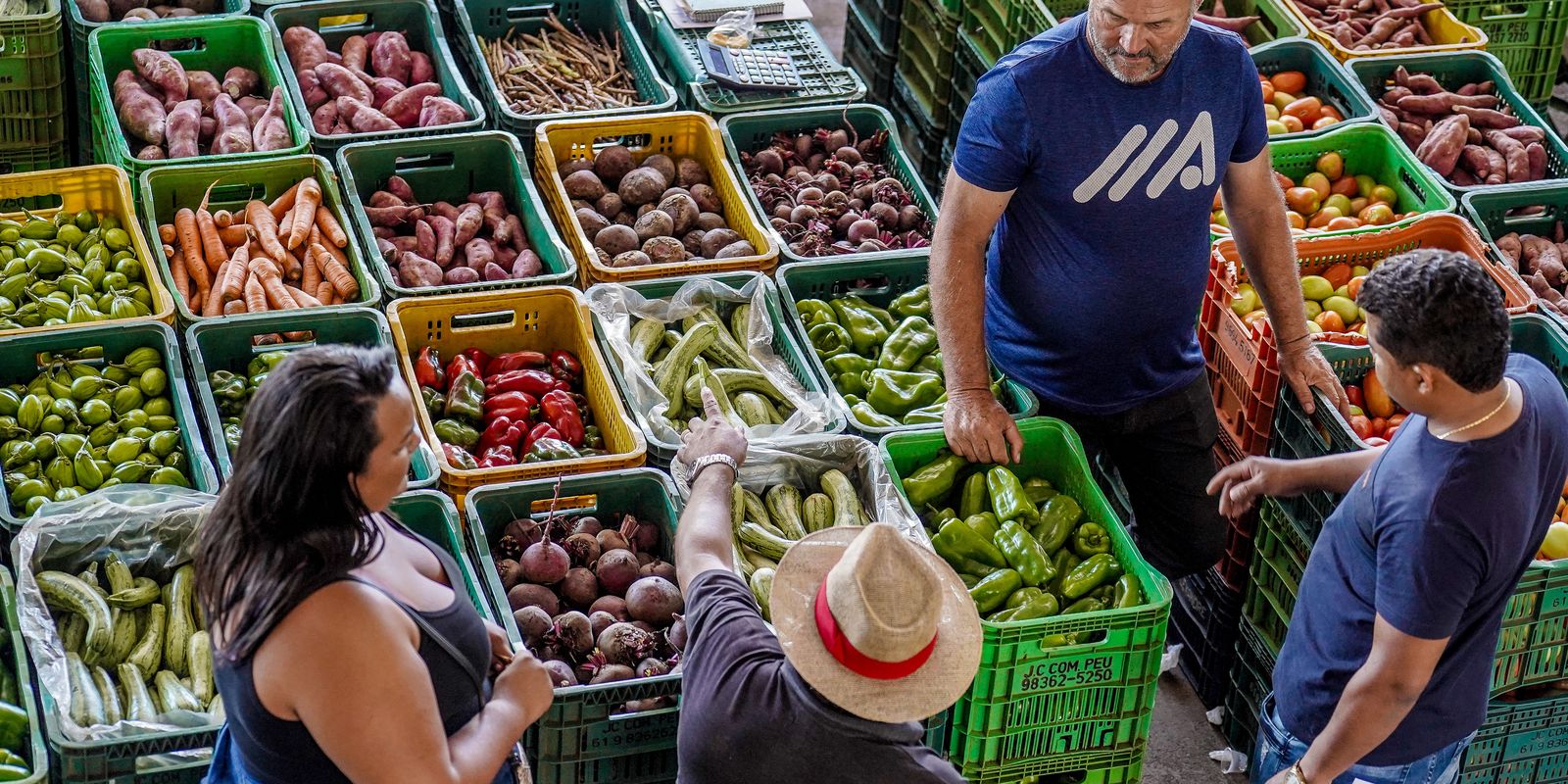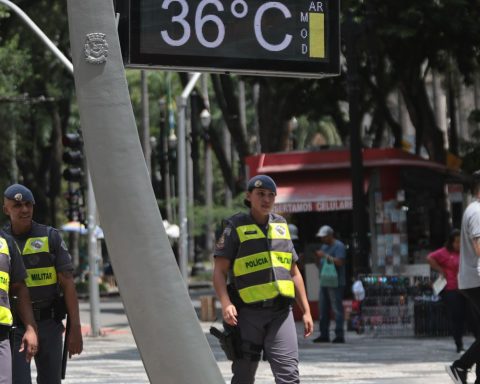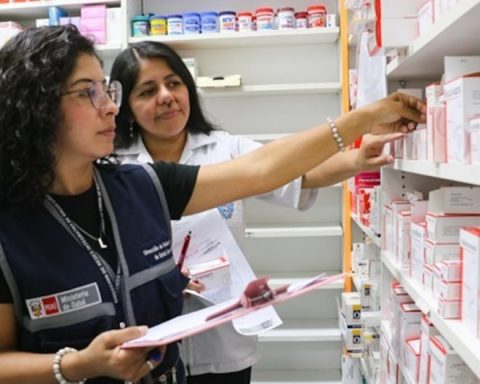The lowest supply of food products such as tomatoes and carrots explain the rise in food inflation calculated by the National Consumer Price Index (IPCA) of January.
The index released on Tuesday (11) by the Brazilian Institute of Geography and Statistics (IBGE) shows that the food and beverage group rose 0.96% in the month, representing an impact of 0.21 percentage point (PP) on IPCA.
Despite the discharge, the result is a slowdown. In December, the group expanded at prices of 1.18%.
In January, only the transport group (high 1.3% and weight of 0.27 pp) rose more than food and drinks. The IPCA as a whole closed the First month of the year at 0.16%the smallest for the month since 1994, when the Real Plan began.
Concern about prices
Food inflation is one of the government’s main focuses of concern. Last week, President Luiz Inacio Lula da Silva said he wanted lower the cost of living of the population.
According to IBGE, the food and drink group has a monthly weight of 21.69% in the cost of life of the population with yield up to 40 minimum wages.
The government also studies reduce import tariff To cheaper foods.
Products
Among the items calculated by the IBGE, what rose most in January was tubers, roots and vegetables, 8.19%. Then are drinks and infusions (2.96%), fish (1.71%) and birds and eggs (1.69%).
The diffusion rate of food products on IPCA in January was 71%. This represents that of all surveyed sub -items, 71% had a price increase.
IBGE researchers found the largest impacts on ground coffee (8.56% and 0.04 pp impact), tomato (20.27% and 0.04 pp) and carrot (36.14% and 0.02 pp) .
The research manager, Fernando Gonçalves, explains that the highs of these products are explained for reasons related to the amount produced by farmers.
“Carrot has a concentration of production in Minas Gerais, Bahia and Goiás sending less product to the market, so there was a reduction in supply.”
When a product decreases market availability, and consumer demand remains the same, the trend is increased price, the effect of the so -called “offer and demand law”.
Climate
Gonçalves explained that tomato production was still influenced by climate reasons.
“Tomato also had a very intense rain problem. This limited the production a little. Some fruits were stained, and January had this problem of production reduction, ”said the research manager.
Added to this, he points out that the product is in the end of the crop. “This is already beginning to bring a reduction in offer.”
In context that some cultures suffered from climatic problems last year, Gonçalves adds that producers who had losses may also choose not to insist on cultivating the same foods, reducing the offer. “Sometimes producers are damaged in some kind of culture, so they reduce productions in upcoming plantations,” he says.
Coffee, sub -items food that has put the most pressing inflation, should keep the price on the rise, Agreement with producers. In this case, in addition to the climate having affected production, the highest global demand also pushes prices to the top.
Meats climb less
Regarding the meat, which rose 0.36% in January, level well below previous months, Fernando Gonçalves made a relationship with the arrival of the rainy season.
“Rain came, so it begins to improve pasture, it all brings reductions in the cost of production, which can influence this final cost of protein.”
In December 2024, meat inflation had been 5.26%. In November reached 8.02%.
Finance Minister Fernando Haddad has said that the Recent Dollar Fall and the 2025 record crop will contribute to contain the Food Inflation.
According to IBGE estimates, after a reduction in 2024, the national crop should expand 10.2% by 2025.














